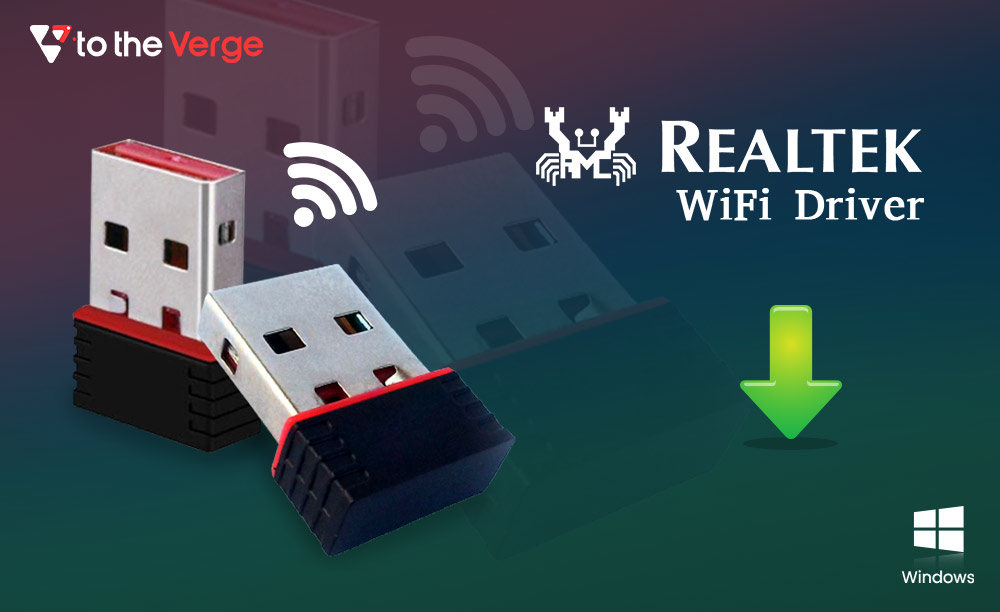Brad Yasar ( Founder and CEO of EQIFI ) shares his views on the financial system of banking industries and various DeFi and CeFi protocols.
“To the Verge ” had an insightful conversation with Brad Yasar, Founder and CEO of EQIFI. He enlightened us with agile protocols suitable for various business strategies.
About EQIFI
Brad shared, “ EQIFI is the first existing licensed and regulated Digital Bank protocol, fully enabling DeFi and seamless cross-platform transactions for the mass market. It is a decentralized protocol for pooled lending and borrowing for ETH, ERC-20 tokens, Stablecoins, WBTC, USD, GBP, and EUR”.
“The protocol provides a single uniform platform for DeFi products operating seamlessly with EQIFI bank accounts, loans, custody, OTC, and wealth management all from one platform.”
EQIFI merges the ideal aspects of both worlds as it integrates banking and DeFi products. According to the organization, this is the way to the future, where everything merges, and the distinction between CeFi ( Centralized Finance ), DeFi ( Decentralized Finance ), new products, and traditional banking rails eliminates.
CeFi combines the yield advantages of DeFi with the simplicity and security of specific financial-services products. You may earn interest on your savings, borrow money, use a crypto debit card, and more with CeFi.
DeFi refers to financial goods and services available to everyone who can use Ethereum and has access to the internet. No centralized authorities can ban payments or refuse you access to anything with DeFi since the marketplaces are always open.
A Permissionless process in the Banking and financial system
Brad elaborates, “ A permission-less process implies that there is no third party allowing or disallowing certain actions.” But, he adds, “To be honest, you can be permissioned and still be programmatic.”
He says, “ I think your question is more about being permissioned from a third party, not necessarily permission less because even when you go on a blockchain, you can have a permissioned model and use that, but a permissionless model when I first hear it for me implies that you are eliminating certain gatekeepers and what that would imply is sooner process if done correctly.”
“The permission acts as checkpoints, and they are there for a reason. They are there to protect. So if you took it out and did it correctly, it’ll imply faster transactions, better services, and fewer fees in the middle”.
He also explained that the current banking and finance products & services suffer from extremely high fees and margins not because it’s going for profits but because it’s also a structure that has been built. In addition, all the steps in the procedure increase the time and cost because you need to pay the banks to get permission.
In contrast to the current banking and finance system, in a permissionless process, the individual relies on a programmatic approach instead of relying on the third parties that dictate what will happen, making products and services more accessible, cheaper, and faster.
EQIFI’s Role in a Permissionless Process:
Web 3 is a new term being turned around for everything that allows some interaction with the end-user. Brad described how the organization uses Web 3 and blockchain to make every possible thing happen. He deliberately enlightened us with the predecessor of Web 3.
He shared, “Web 1 is the static internet, where there is no interaction, you just consume what’s there. Web 2, there is some interaction, you can make purchases, but you don’t have ownership of your data. Whereas in Web 3, you have ownership of your data, you benefit from it”.
EQIFI, as an emerging platform, initiates with DeFi protocols. The organization adds banking products, services, and traditional rails to the protocols making it a centralized platform.
He shares, “The biggest problem we are solving with EQIFI is that you have currencies and accounts with negative interest rates like you put your money in a bank account, and it gets smaller and smaller on the banking side.”
“On the DeFi side, I know many people who created incredible value doing amazing projects because the value they created does not correspond to anything in their daily lives. So, we thought we could solve both the problems by bringing the two together, i.e., DeFi and CeFi”.
Therefore, the organization uses web 3 architecture, web 3 protocol, and different blockchains to allow you to access the value you created either on the crypto side, the metaverse, play to earn, or in real life. And use it however you want.
EQIFI, a differentiator from other blockchain platforms:
EQIFI states its approach is very different from the existing blockchain platforms. He says, “A lot of the project starts as we are decentralized, we don’t need to comply with anything, we don’t need to connect to anything existing, we are building this new world.” That’s not our organization’s approach.
He adds, “We are the first DeFi project backed by a license in a regulated bank. We wanted to prove that you can do DeFi, CeFi, in a license-regulated manner together and still be inclusive. Because the biggest concern was if your license was regulated, if you do KYC, you had limitations over you”.
EQIFI aims to build legitimacy and credibility through these protocols. Therefore, the organization started with a legal framework and expanded on it as it grew. It works with regulators closely to educate them and ensure that what the organization is doing is acceptable and approved, which is a brand new approach compared to the other decentralized platforms.
A Single Uniform Platform for DeFi Products
Brad shares, “What we see in the market is a lot of different products and projects are done by one team. They do loans, yields, and stacking, and it’s challenging to go from one blockchain to another”. EQIFI’s mission’s to create one platform that covers all the users’ needs.
With EQIFI, you have a variable rate loan-lending borrowing product and a fixed rate loan-lending platform. The crown jewel of the forum is yielding the aggregator, which creates returns from different liquidity pools. The organization also has an interest rate swap product which allows an individual to go from a fixed rate to a variable. The company also serves to provide stacking.
EQIFI comes up with a unique approach proposal where users can find several products on a single platform. The proposal is yet another idea for those unfamiliar with crypto networks; it’s particularly enticing to newcomers in the industry. In addition, the organization added several existing products with bank accounts, loath management, custody services, traditional loans, etc.
He says, “Now users don’t have to have a bank account with a bank or have a wallet attached to their browser for one crypto or have an account with another service to buy crypto with cash and vice versa. EQIFI brings all of these things together and simplifies the process in hopes that it will open crypto to more people.”
EQIFI – A User-Centric Thesaurus
Brad highlighted how EQIFI’s centralized approach sometimes creates confusion amongst users. In addition, he says, “Sometimes the protocols confuse users, though we want to make the process as simple and welcoming as possible. Our mission is to eradicate dilemma about the various steps involved.”
“We launched the EQIFI platform in August 2021. In the last seven months, we have probably done two dozen iterations of the platform based on community feedback because we care about those who want to use the platform but do not have much knowledge about this.”
EQIFI follows a User-Centric approach toward the community. He explains that “We take all the customer support tickets and look at it and say how we make it so simple that when the next person comes in, they do not have any confusion and have to deal with these issues.” As a result, the platform, with increasing users, has become more user-friendly with time.
The organization aims to create a positive onboarding experience for users.
Brad’s principles for entrepreneurs aspiring their career in Web 3:
With his immense expertise and enthusiasm, Brad shares some of the ground principles for emerging entrepreneurs in Web 3.
1. Conversate with potential clients.
He talks to random people, whether they use the technology or not because it’s vital to get their feedback early on to assist the viability of their idea.
2. Always have a complementary team around.
He says, “You can’t do it alone if you think you can do everything yourself, which I felt as an entrepreneur and failed gloriously at. You run out of hours in a day. So, therefore, we need people with elaborated skills because when skills come together, it creates a thriving environment.”
3. Always have a game plan when it comes to funding.
Brad advises that storing an ample amount of time for funding gives entrepreneurs a successful environment to work. He shares, “If you think you will need a year’s worth of expenses to launch the business, have two years’ worth because we have to be a step ahead of what the future holds for us.”
4. If you are going to raise funds, be resilient.
He claims not to give up. Because as soon as you go into fundraising mode, you will hear more no than yes. That’s just statistics.
5. Your biggest asset is not your idea or technology; It’s the people.
Be careful and mindful of who you are starting your business with and your co-founders. Value those individuals as much as you should. Finding new employees and co-founders is challenging because you can always raise more funds, change your ideas, and pivot but not find individuals.
Decentralization is the Future of the Financial Sector
Brad shares, “I think decentralization is the future because it creates a more resilient structure around whatever the goals are. So if you have a centralized model, you have chances of a single point of failure. Suppose, if the server clusters go down, your business goes down. But, with a decentralized model, you don’t have the risk of a single point of failure”.
He deliberately adds, “There is no guarantee that you will be successful because the model is decentralized.”
Brad also acknowledged how decentralization would impact the banking and financial sector. For example, banks cannot give you a double-digit return on your account regardless of your money. So you don’t even get 10-12% of the positives. In contrast, decentralized finance banks do return those returns.
He says, “Traditional financial institutions and innovators realize that you can bring more value and be more accessible and inclusive with this new model. So, we will see in the next 8-10 years is a transition from a centralized model to a decentralized model and how to connect those”.
That’s what EQIFI is doing where CeFi comes together with DeFi. With EQIFI, the clients will get higher returns and more accessible access to crypto and traditional assets.
Future of Blockchain and Metaverse and EQIFI’s contribution to it
Brad says, “There are a lot of perspectives that the metaverse is not the future that humanity needs. I think that is a very prejudiced and narrow approach towards the metaverse”.
He astonishingly believes in both negative and positive aspects of these technologies. He says, “A metaverse is a tool, technology, and a virtual environment. You can have a horrible experience with metaverse if not structured correctly. The experience can be harmful to both your psychological and physical well-being”.
“In contrast, it can sometimes be a positive thing. It can be an opportunity to escape, to travel for those who can’t travel physically. I look at metaverse, blockchain and cryptocurrencies as a liberator. They give you access to things you wouldn’t be otherwise able to experience. I think metaverse will create an opportunity and alternate experience for people”.
On the contribution, Brad shared, “Absolutely, I wish to contribute to the space. I am contributing to the space where we launched the first NFT bank card. We are launching the first bank branch in the metaverse, which we announced three months before any big banks last year”.
Conclusion
The interaction with Brad Yasar broadened our viewpoints on how enterprises such as EQIFI, with a user-centric approach, can provide a single uniform platform for DeFi products. These products can operate seamlessly with bank accounts, loans, custody, OTC, and wealth management. Brad manifested how EQIFI sets a distinguishable margin from other blockchain technologies. He, in a way, exemplified how the convergence of DeFi and Cefi products would usher us to new decentralized paradigms. Brad’s entrepreneurial expertise and insights can benefit existing and aspiring entrepreneurs in their quest for success.
Brad Yasar is the Founder and CEO of EQIFI, the first existing licensed and regulated Digital Bank protocol. He is a blockchain and creative technology entrepreneur and has been an entrepreneur and technologist throughout his life. He is also an investor, coach, and adviser with a worldwide emphasis. Over the last 30 years, he has invented and bootstrapped multiple businesses to maturity. He started programming early and fell in love with the software, hardware, and computers, which guided his professional career and took him on a whole new path.
Nitisha Lal is a writer enthusiastic and curious to learn new things. Currently, she writes about the latest developments in technology, particularly around Web3 and the Metaverse. She enjoys nature walks, capturing the world around her on the phone, or reading books when away from work.

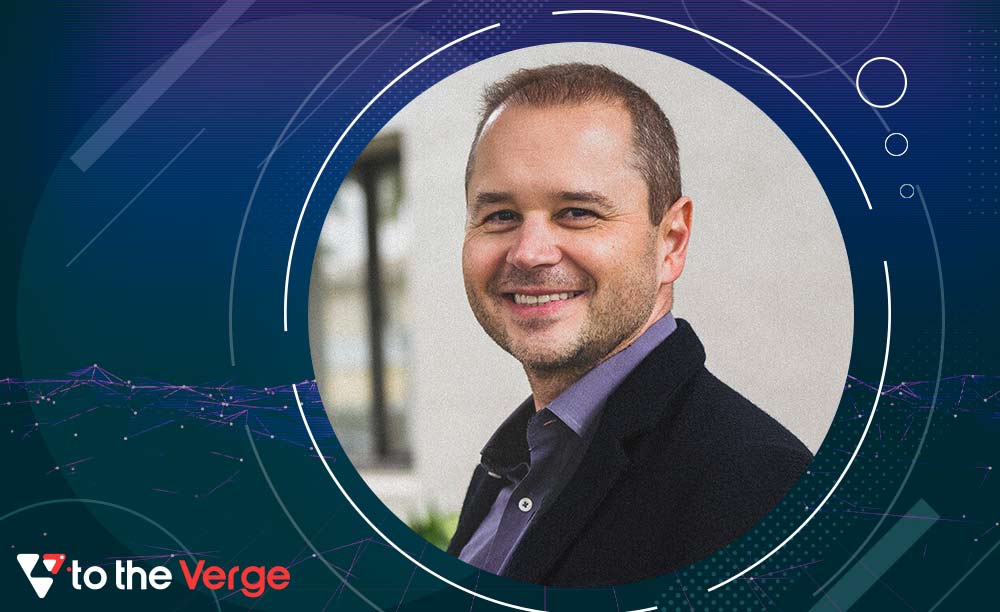
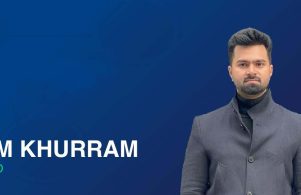
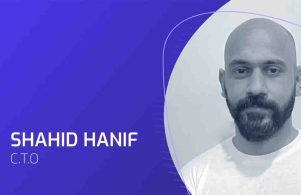
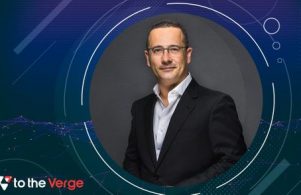


![How to Update and Reinstall Keyboard Drivers on Windows 10/11 [A Guide]](https://wpcontent.totheverge.com/totheverge/wp-content/uploads/2023/06/05062841/How-to-Update-and-Re-install-Keyyboard-Drivers-on-Windows-10.jpg)
